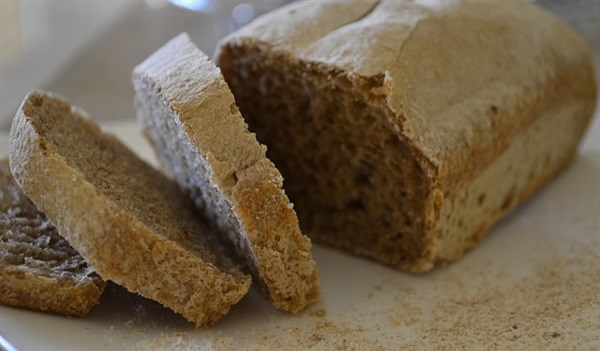
At a recent promotional industry event in Cape Town, Lorraine Bezuidenhout, bakery business director at Anchor Yeast, asserted that South African bread offers consumers good all-round value: it is not only an affordable staple available in multiple varieties but also has many health benefits.
"Since 2003, most breads have been fortified with a number of vitamins and minerals, including vitamin A, iron and zinc, which are important from a public health perspective. And last year, bread manufacturers also reduced the amount of salt (and thus sodium) added to their loaves," she noted.
“Bread is now required, under legislation restricting the salt content of many foods, to have a reduced sodium content. This is significant, given that the average salt intake in South African adults is 8.6g/day – well above the WHO's recommended 5g/day.
"The legislation ensures that bread remains an important staple by providing vital vitamins and minerals, but without negatively adding to South Africans’ overall sodium intake.”
In addition, in recent years retailers and bakeries have added significantly to the category by offering consumers many different types of breads to suit not only varying budgets, but different tastes and specific dietary requirements as well.
"This has further cemented bread’s position as a much-loved household staple," she added.
Despite the fact that bread is one of the five most commonly-consumed foods bought by eight out of 10 South African households, many consumers don’t realise their regular loaf of bread has so much value to offer.
This is just one of the findings coming out of a recent review of the local bread industry by well-known dietitian Jane Badham, that was commissioned by Anchor Yeast, and presented at the event.
"South Africans love their bread! In 2008, 2,800 million loaves of bread were sold in South Africa, which equated to the consumption of approximately 62 loaves per person that year, or three slices of bread per person per day," said Badham.
"However, many South Africans don’t realise exactly what they’re getting from their everyday sandwiches, especially when it comes to nutrition and incorporating bread as part of a balanced, healthy diet."
Badham’s review found that bread contributed to South Africans’ meeting their daily nutrient needs and acted as a vehicle to improve diversity in people’s diets through the multitude of toppings and fillings with which it could be paired.
She also noted that bread played a role in achieving two of the 11 South African Food-Based Dietary Guidelines, namely make starchy foods part of most meals and enjoy a variety of foods, which were "developed by local scientists to help South Africans consume a healthy, optimal diet".
This is critical, given that poverty precludes so many South Africans from eating healthily.
"A survey found that some 13.3% or 2.2 million households had to skip a meal in the last 12 months, and one-fifth of households did not have enough money to buy food.
"Looking at the increase in the cost of the food basket, it’s not hard to see why. As such, a healthy diet remains largely unachievable for many South Africans," Badham added.
Although the cost of bread has also risen accordingly, Badham’s review shows it remains a competitively priced starch.
Based on the serving size listed on the packaging by the manufacturer, which might differ from what consumers eat or what dietitians recommend, regular brown and white bread are priced second after rice (uncooked), with a 29c differential per serving; they are almost the same price as maize meal (mealie meal being 5c more expensive per serving); and are significantly less expensive than pasta, with a R1.68 differential.
These findings are important, given that recent SA National Health and Nutrition Examination Survey (SANHANES) data indicates that price is the main driver behind food choices, noted Badham.
Supermarket & Retailer brings wholesalers, retailers and suppliers the latest industry news, store trends, merchandising, promo ideas and operating efficiencies in its monthly printed publication, Equipment & Services Buyers Guide and website.
Go to: http://www.supermarket.co.za/news-current.asp